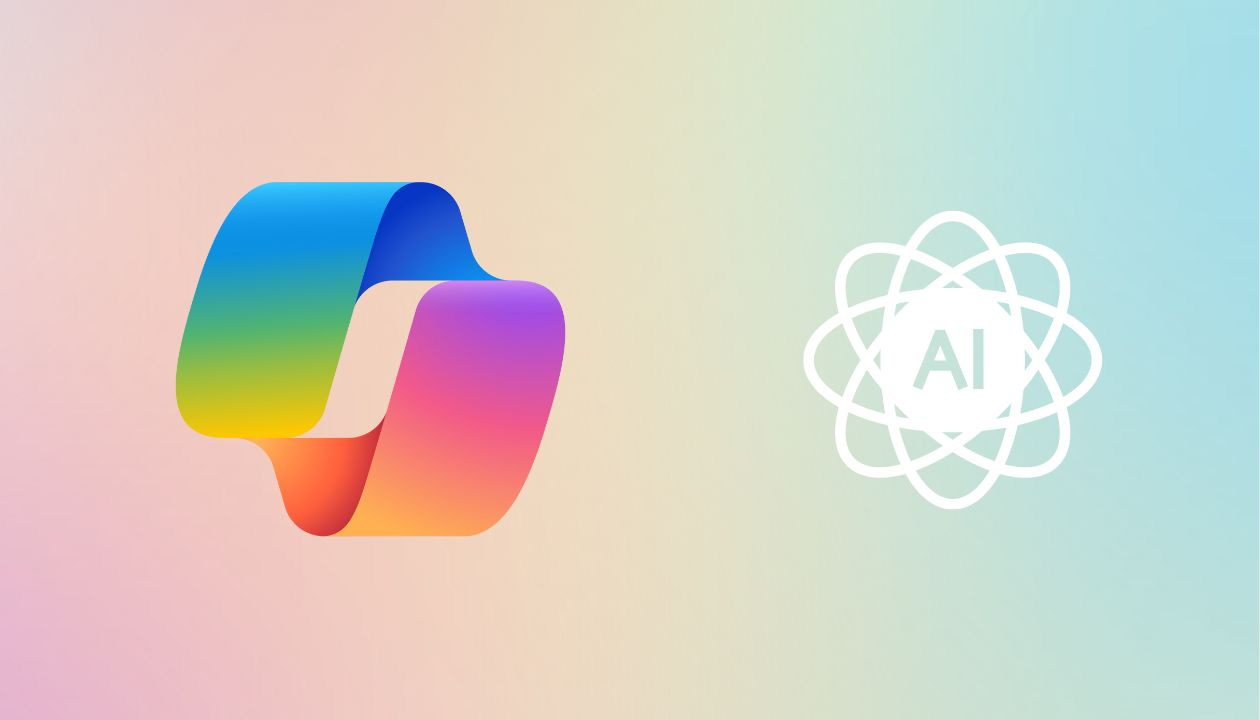The Real Work Behind the Hype: What Microsoft’s 200,000 AI Chats Tell Us About Jobs
Microsoft’s analysis of 200,000 Copilot chats uncovers how generative AI reshapes tasks across roles and wages. A practical guide to thrive in the AI‑augmented workplace.
In one of the more quietly revealing moments of 2025’s AI research, Microsoft analysed 200,000 anonymised conversations between users and its Copilot system. This wasn’t a case study or an internal productivity boost memo. It was a large‑scale, task‑level dissection of what people actually ask AI to do at work—and how effectively it does it.
The dataset spanned activities from summarising meeting notes to drafting strategy memos, clarifying technical concepts to generating sales copy. Every interaction was classified using the US Department of Labor’s O*NET taxonomy of workplace activities. Then, those AI-assisted tasks were mapped to the occupations that rely on them. In other words: what tasks are people delegating to AI, and in which jobs do those tasks matter most?
Three things stood out.
» First, the top AI-assisted activities weren’t arcane. They were exactly the kinds of tasks most modern jobs are built on: gathering information, writing, advising, explaining. Generative AI is not displacing work at the edges—it’s being embedded in the middle of it.
» Second, occupations with the highest “AI applicability” scores were not limited to engineering or computer science roles. Office support, sales, and general business operations ranked high. These are jobs where people work with language and information, not lines of code.
» Third, the effect isn’t concentrated at the extremes of the labour market. Jobs that require some degree of higher education—but not advanced or professional degrees—saw the highest overlap with AI capabilities. This is where Copilot already fits into the workday.
This isn’t a forecast. It’s a snapshot of now. And that’s what makes it different from the speculative AI-job predictions that have filled the last few years. The transformation is already underway—not through sweeping job automation, but through the quiet absorption of tasks once done manually, now carried out in conversation with a machine.
→ You can download the paper published by Microsoft here: https://arxiv.org/pdf/2507.07935
In this issue of Brewed for Work, we unpack Microsoft’s analysis of 200,000 real Copilot chats to understand how generative AI is reshaping day-to-day work. Drawing on occupational data, task taxonomies, and usage patterns, we examine where AI fits most naturally, which roles are most affected, and what it means for the near future of employment. Beyond hype or fear, this is a clear-eyed look at the actual transformation already underway in modern professional life.
Today’s Issue at a Glance:
Methodology & Data
What AI Is Actually Doing at Work
Who’s Most Affected — and Why
What This Means for Professions
What Now: Preparing for a Redrawn Workplace
So grab your favorite mug, and let's get brewing!
Welcome to Brewed for Work, 🔒subscribers-only🔒 offering by The Percolator dedicated to professional growth and upskilling. Each week we share essays, insights and resources to aid you in your work-life.
🚀
Now, you can Upgrade your Subscription for Free when you Invite your Friends to Subscribe to The Percolator
Much of the conversation about AI and work over the past two years has taken place at 30,000 feet. We’ve been given projections of entire professions “at risk,” headlines forecasting widespread displacement, and abstractions like “augmentation” or “co-pilot” used more often as metaphors than mechanics. What’s been missing is specificity: What exactly are people using AI for at work, right now? What types of tasks are being offloaded? In which roles? With what success?
Microsoft’s study, conducted in partnership with LinkedIn and published in July 2025, brings that specificity. It examines 200,000 real, de-identified chats between professionals and Copilot, Microsoft’s generative AI embedded across Office products. But rather than treating this corpus as a curiosity or productivity stat, the researchers did something different: they annotated every chat using O*NET, the U.S. Department of Labor’s structured database of workplace activities. This let them trace AI usage not just to documents or applications, but to the underlying work functions—like “synthesising information” or “resolving discrepancies”—that define jobs across industries.
The result is one of the most detailed and grounded snapshots we have of how generative AI is actually being used in daily work. Not in experimental settings or model demos, but in tasks that matter to people trying to get things done.
This data also makes it possible to draw clearer connections between AI and occupations. By analysing how heavily Copilot was used to support certain work activities—and which jobs rely most on those activities—the study introduces a new measure of “AI applicability” across roles. Some of the findings challenge prevailing assumptions. For example, while software engineers certainly use AI, it’s roles like customer support, operations analysis, and training that show the highest overlap between daily work and generative capabilities.
There’s also a socioeconomic layer. Jobs with mid-to-high wages and post-secondary education—but not graduate degrees—were most frequently associated with high AI applicability. In effect, the middle of the labour market is where the early impact is concentrating. Not at the extremes of low-skill displacement or high-skill automation, but among professionals whose jobs revolve around text, search, analysis, and communication.
In a year dense with AI speculation, this study cuts through by offering evidence. It helps shift the conversation from “Will AI take your job?” to “Which parts of your job are already being done differently?” And it does so with a level of task-level clarity that finally gives the future of work something solid to stand on.
Keep reading with a 7-day free trial
Subscribe to The Percolator to keep reading this post and get 7 days of free access to the full post archives.



